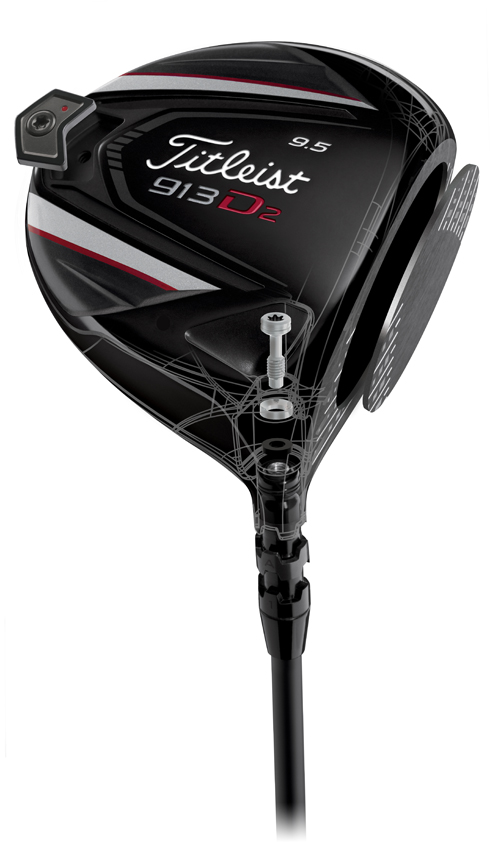 It’s been a few years since I reviewed theTitleist 910D3 Drivers, and in that time frame Rory McIlroy has won a pair of majors with both the 910 and the 913 before jumping ship for a great big bag of money. Titleist tends to take the approach of not overpaying for talent, with the inkling that they’d rather spend their money making better golf equipment for the serious player.
It’s been a few years since I reviewed theTitleist 910D3 Drivers, and in that time frame Rory McIlroy has won a pair of majors with both the 910 and the 913 before jumping ship for a great big bag of money. Titleist tends to take the approach of not overpaying for talent, with the inkling that they’d rather spend their money making better golf equipment for the serious player.
The 913 D2 and D3 drivers are the latest in the line of Titleist equipment, and feature an evolutionary leap forward from the 910, further refining all that the 910 did right and improving on the soft spots with a hotter clubface and more consistent launch characteristics between the two drivers.
Join me as I take a look at the Titleist 913 D2 and D3.
Technology and Design
Like the 910 series, the 913 comes in two different models – the larger, more slightly more forgiving D2 and the smaller, slightly more workable D3. The 913 sees the continued inclusion of the SureFit system, which allows the golfer alter the loft and face angle of the club. While the 913 is mostly an evolution of the 91x series, the 913s bring a good number of new features as well.
As before, the two different models are aimed at different groups of golfers. The D2 comes in with a full (i.e. rounder) pear-shaped, 460cc head for more forgiveness, while the D3 is a slightly smaller, 445cc traditional pear shape offering more workability to the better golfer. However, this year, both models have the same launch and spin characteristics to provide maximum fitting flexibility. This was achieved by making the center of gravity equally low in both clubs, which meant moving the center of gravity lower in the D2 to match the D3. Engineers at Titleist also optimized the CG by creating a crown that was thinner allowing them to move more of that mass to the bottom of the club.
One area where Titleist put in a lot of work with the 913s is the new face, which they say is their fastest ever. The company achieved this through a new variable thickness face insert. The insert is forged out of 6-4 titanium. The insert is thickest in the center as it mirrors the outer face profile. As you move out from the center the face becomes thinner and tapered so that it matches up with the body thickness at the face perimeter. As with the crown, the face is lighter in the 913 vs. the 910 which allows that weight to be redistributed to optimize the CG.
Another aspect of the club that remains unchanged is the SureFit Tour hosel, which is arguably the best available as it allows for a number of adjustments and allows the golfer, in Titleist’s words, to adjust the loft and face angle (via the lie angle) independently of each other. Titleist likes to call this system a “Tour Van in a Hosel” because it allows golfers to do exactly what they could on a tour van, that is make loft, lie, and face angle adjustments and swap shafts. For those unfamiliar with the SureFit Tour Hosel, it works by utilizing a ring (lettered A, B, C, D) and a sleeve (numbered 1, 2, 3, 4) giving a total of 16 different settings. Owners of a 910 driver will be happy to know that they can use that shaft in their new 913, if they’d like. However, while the hosel has not changed, the available shafts have, and there are a number of them available.
There are a total of five stock shafts available for the 913 drivers, four of which are aftermarket shafts. The first is the the Mitsubishi Titleist Bassara W 50, which provides the highest launch of the available shafts. There are also two Mitsubishi Diamana +Plus shafts, the White 72 which is a low launcher, and the mid-launch Blue 62. There are also two Aldila shafts in the mix, the low-mid launch RIP Phenom 70 and the lower-mid launch RIP Alpha 60.
Test Specifications
I was able to thoroughly test both a 913 D2 and D3 in 9.5 degrees of loft. Pictured below are the Diamana ‘ahina X flex shafts weighing 72 grams, and I was able to test with the stock option 73-gram D+ X as well. My clubhead speed is 107 MPH, and I play anything from a slight draw to a slight fade when playing golf. My handicap index would be around 0.0 if I was not a teaching professional.
Esthetics
As long-time readers know, I’ve loved the looks of Titleist’s drivers for a long time. I will commonly use words like “austere” and “simple” and “clean” when describing their drivers, and the 913s are no exception.
The 913, like the 910, features a glossy black crown and a black face with red accents. Visually, the new 913s look exactly what they are, an update to a previous model, albeit with several nifty upgrades that up the “mean” factor.
The sole, which once featured a brushed silver on the nameplate, now goes matte black and in doing so looks three times as aggressive. The weight port, previously circular in shape on the 910, is now a “fat chevron” six-sided polygon. Angles are macho; circles are not. The blackening of the sole makes the entire club appear much more sinister.
Except for sole, and a small change to the clubface (which saw an upgrade to the graphics with the addition of increasingly small parallelograms between the main “grooves”), the 913 is virtually identical to the 910. The SureFit hosel is a dark and non-distracting black. The crown features the traditional (since the early-90s if not earlier) Triangle-Line alignment aid. the head shapes are exactly as you’d imagine: a pear on the 913 D3 and a more rounded variant on the 913 D2.
The 913 headcovers were similarly “sinistered up” – the white is gone, and the new 913 headcovers are black and red primarily with the only white being a ring or two on the sock portion, a little stitching, and the “Titleist” script.
I approve of the more sinister looks, and have trouble imagining doing more to the drivers. Titleist must not want to mess much with what they feel is near perfection. And unless they go white or something in the future, I expect this basic look to continue for some time for Titleist.
Performance
As we all know, golf clubs and balls are perpetually marketed as “gain 20 yards” (or 17, as the case may be) or “hit it straighter!” or “blow away your competition.” Yet there’s no mistaking one ugly truth: we’re well, well into the age of refinement. We’re seeing evolutionary changes – small bumps, even – not revolutionary changes. The very rules of the game we play mandate this.
Graphite and titanium/composite materials are into their second or third decade, and even “custom fit” style of hosels (like Titleist’s SureFit) is old hat by now. We haven’t truly seen a new technology for drivers in quite awhile. So while I cannot tell you that the 913 added 20 yards to my tee shots, I can tell you that the 913 is a nice evolutionary step in drivers, and it’s sure to appeal to fans of Titleist drivers as well as fans of solid performing drivers that match the best of what technology in 2013 has to offer (and that it’ll do so without being gaudy or ostentatious).
As with the 910, the 913 offers 16 positions with the SureFit hosel to allow you to get a custom fit club that precisely matches your needs. I’ve long argued that these things are not “swing fixes in a wrench” but rather custom fitting tools, and I appreciate that Titleist doesn’t bill it as anything but that. Good for them.
Titleist says the SureFit hosel system allows you to adjust the face angle (via the lie angle) and loft independently. The adjustments are fairly straightforward so long as you have a chart handy (see below) and if you understand that a more upright lie angle will result in a clubface that points farther left (for a righty) while a flatter lie angle produces the opposite – a clubface that points farther right (for a righty).
Given my 913D2 and D3 at 9.5° loft and 58.5° lie angle:
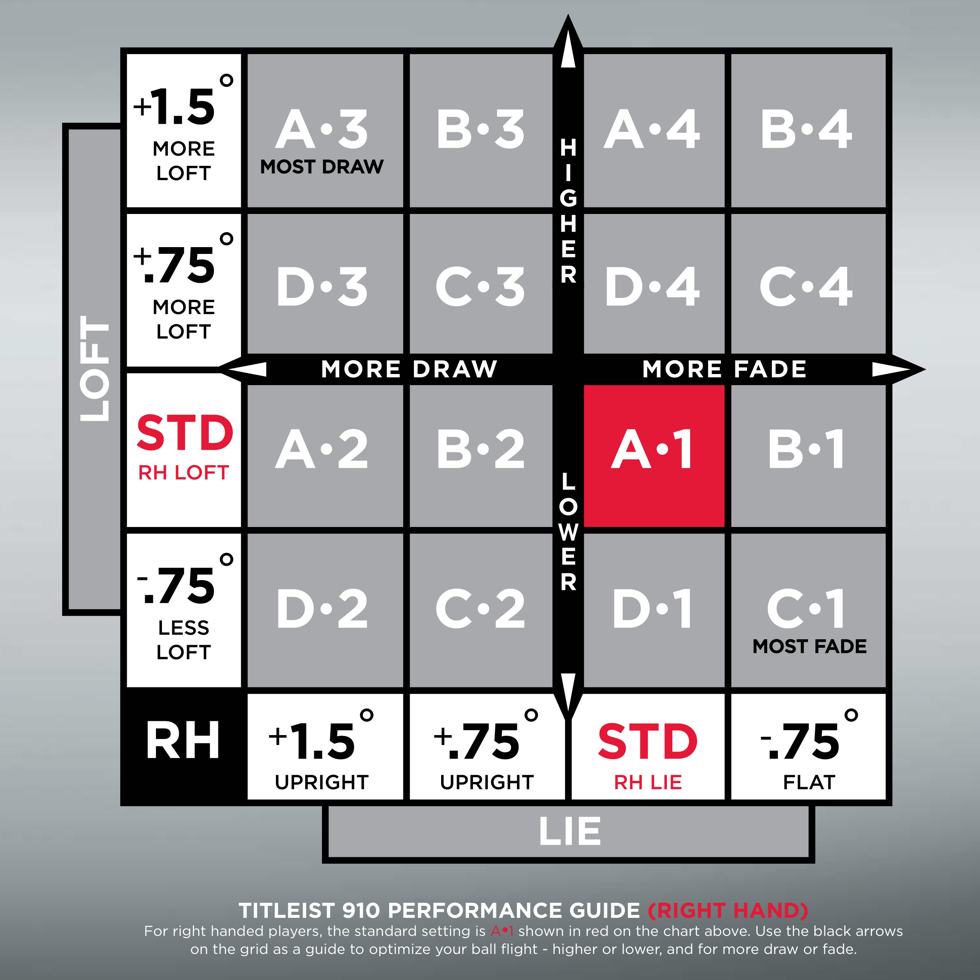
Setting Loft Lie Face Aimed* ------- ---- ---- ----------- A1 9.5° 58.5° Neutral B1 9.5° 57.75° Slightly Right B2 9.5° 59.25° Slightly Left A2 9.5° 60.0° Left D1 8.75° 58.5° Neutral A4 11.0° 58.5° Neutral
* Default A1 is "neutral." Face Aim relative to A1.
As you can see, the loft will remain constant as you adjust the lie angle (which changes shot shape by changing where the face points in three dimensional space), and you can adjust the effective loft when square by changing the face angle – drivers with a hosel like the SureFit hosel close and open the face angle so that when you square the club up, you’re adding or subtracting loft. While it’s true that this can be confusing if you really get into it, and regardless of the actual engineering and geometry behind it, the simple fact of the matter is that the SureFit hosel’s adjustability will let you dial in your driver’s loft and lie angle, and the provided guide will get you there quickly and painlessly.
The SureFit hosel achieves about 2.25° of independent lie angle and loft angle adjustment. Two thirds of that adjustability leans towards the “more loft/steeper lie angle” side of things (i.e. for those who fade/slice and hit the ball too low), all in 0.75° increments. I don’t think drivers need more refinement capacity than that. If you think 0.75° is too large a gap, you’re either getting Titleist to make you a custom driver because you’re on the PGA Tour, or you can adjust your launch conditions by slightly altering your shaft (or ball position, or swing, etc.)!
To that end, I am reminded of something I wrote on the 910 review:
Additionally, a golfer could conceivably buy a SureFit Tour hosel shaft and easily create a system with not only 16 positions, but two or three interchangeable driver shafts, depending on conditions, how they were feeling that day, or more.
Titleist 910 Driver Review
That remains true, though 99% of the golfers I’ve seen with an adjustable driver have just the one shaft. If Apple’s success has taught us a few things, one of those things is that sometimes choice is not good – it can overwhelm and confuse. Titleist’s 16 choices are plenty for almost everyone.
The early adjustable hosel drivers always felt a little “dead” to me, but the past few years have seen companies perfecting their hosel designs. As such the Titleist 913 D2 and D3 are the best in the Titleist line, and because Titleist entered the adjustable hosel craze a year or two after some other companies, they seem to have skipped right to the “solid” phase.
The 913, like the 910 and 909 and others before it, has a great sound at impact. If you’re expecting a Nike, TaylorMade, or even Callaway sound, you’ll either be pleasantly surprised by the solid thwap of the 913, or you’ll be disappointed, having been conditioned to believe a high-pitched “ting” noise signals explosive power. The 913 offers an authoritative crack – or as close to one as we can get with modern materials.
In testing these clubs with some others, I repeated the test I’ve done with every adjustable driver to date: I adjusted a driver out of sight, handed it to a tester, and let them hit several balls.
This year we conducted these tests on a Flightscope that was verified with a Phantom high-speed camera. These golfers ranged in handicap from +3 to 8 and the results would bore you if I posted them here, so I’ll cut to the chase.
After throwing out some bad data, we found that every 0.75° change in loft resulted in a ball launch change of about nearly 0.5° (better players will tend to see the loft available to them and dynamically adjust their swing to deliver a bit more or less loft, so this is not surprising). Lie angle adjustments of 0.75° created more changes early in the series of balls (around 0.65°), but as players adjusted to try to hit their typical start lines, saw very little change to horizontal launch angle and as much as 0.4 to 0.6° change in launch angle. This makes sense: a more upright club points the face more left, so in opening it up to start the ball more right again loft is added.
Ball speed remained surprisingly consistent across the face. Though these were good players, the smash factor recorded was not below 1.44 except on a few rare and obvious mis-hits. Spin rates varied from 2150 to 3300, but for each player remained consistent.
What’s more telling, aside from players preferring to look at one driver over the other, the numbers – when averaged out – were almost identical between the D2 and D3. Each player generated slight to moderate differences in launch and spin with each head (with the same shafts), but depending on how the clubhead looked to each golfer, and their swing tendencies, some would get higher or lower launch with the D2 or D3, and spin would be higher or lower as well. Again, this wasn’t consistent per the club – sometimes the D3 had lower spin, sometimes the D2 – but it was consistent per player.
So Titleist’s claims that these two drivers are virtually identical in terms of launch conditions may well be true, but the golfer should try both to see which suits their eye best because it can – and will – affect the way you swing it.
I wrote this in the 910 review as well:
As a brief aside, I’m not a fan of the grid Titleist gives you. The numbers count from the lower right-quadrant while the letters count from the upper left quadrant. Why? I think it would have been less confusing to simply label ABCD along one axes and 1234 along the other. The stock position might be named “C3″ instead of A1,” but the chart would have made more sense overall. Currently, C3 is more similar to A1 than C1 and A3 is as similar to C4 as it is to A1.
Titleist 910 Driver Review
In my own testing, I gravitated towards the more traditional pear-shaped 913 D3. It’s a slightly smaller clubhead, with a slightly deeper face, which looked good to me and gave me more confidence. I tested outdoors in Florida and indoors, both with a Flightscope to track launch and flight conditions, and consistently achieved a smash factor of 1.46 or higher, ball speed of 160 or so, and launch of 15° at 2200 RPM with a clubhead speed of 108-111.
Using the Flightscope trajectory optimizer I see that if I could get my launch angle to 17° I could add a whopping five yards, but I’m pretty happy with what I’ve got.
I noticed no real improvement on off-center hits from the 910, but I will point out that ball speed remained high throughout testing, and yet golfers almost never strike the ball on the sweet spot, so this is a case of personal opinion being trumped by the evidence: the 913’s expanded “high ball speed zone” seems to work effectively at minimizing distance lost from the slight mishits by good players.
If anything, I’ll sometimes catch the ball a little high on the face, and that’s another reason why I preferred the D3 model – its slightly deeper face let me still feel solid contact on shots struck a little higher on the face than intended, without popping up or floating down-range.
Conclusion
All told, the 913 D2 and D3 remain in a tie atop the heap of adjustable drivers with offerings from other companies. The adjustability is solid, the looks are classic and refined, and the sound, feel, performance, and confidence are all there.
In this day and age the technology is going to be there in any driver you choose – especially a driver from Titleist. It becomes a matter of attitude by way of looks. If you like the look of the Titleist 913, by all means the D2 and the D3 perform. Give them a try – the performance will not disappoint.

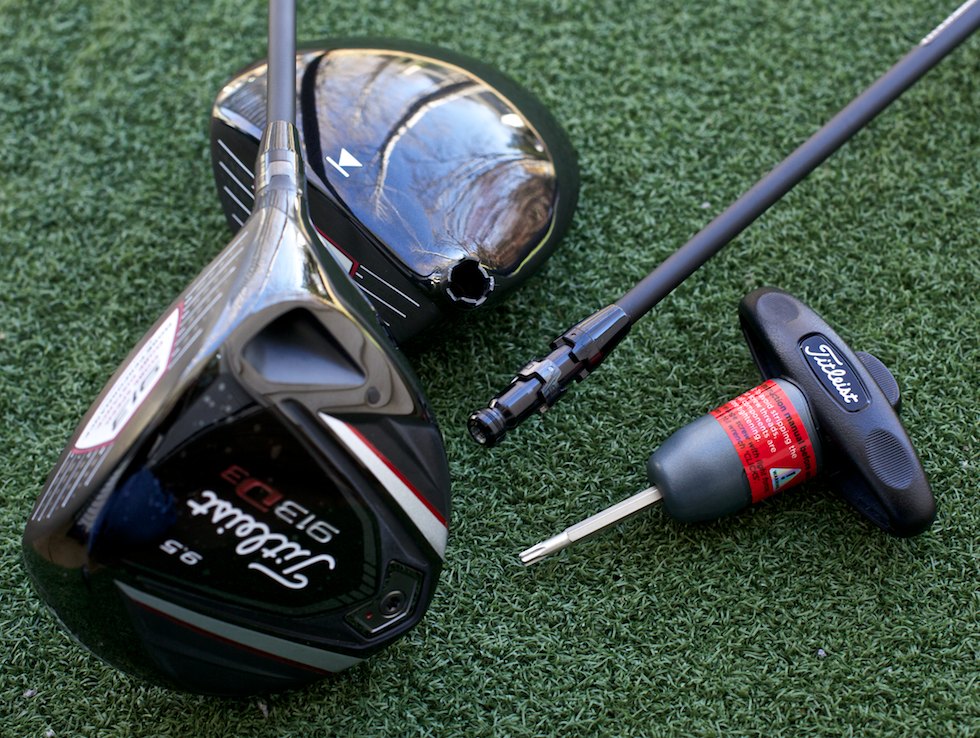
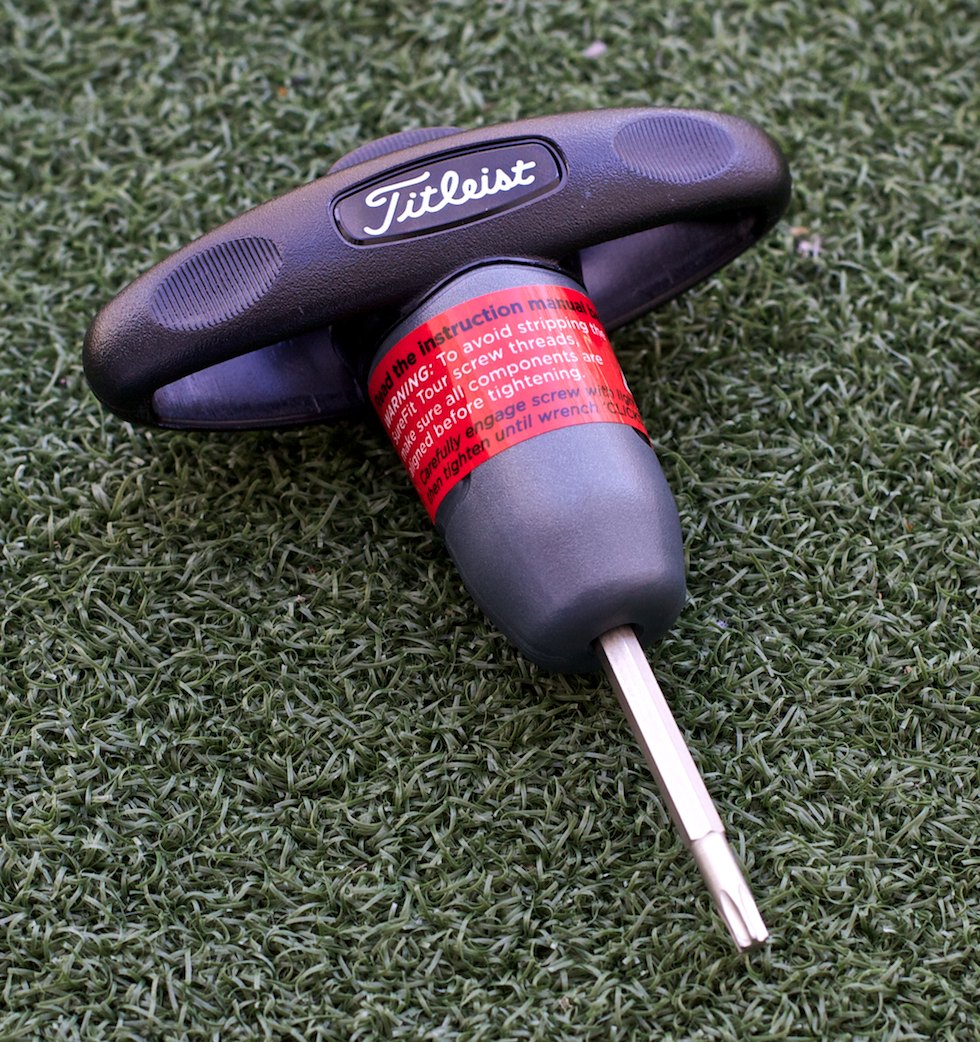
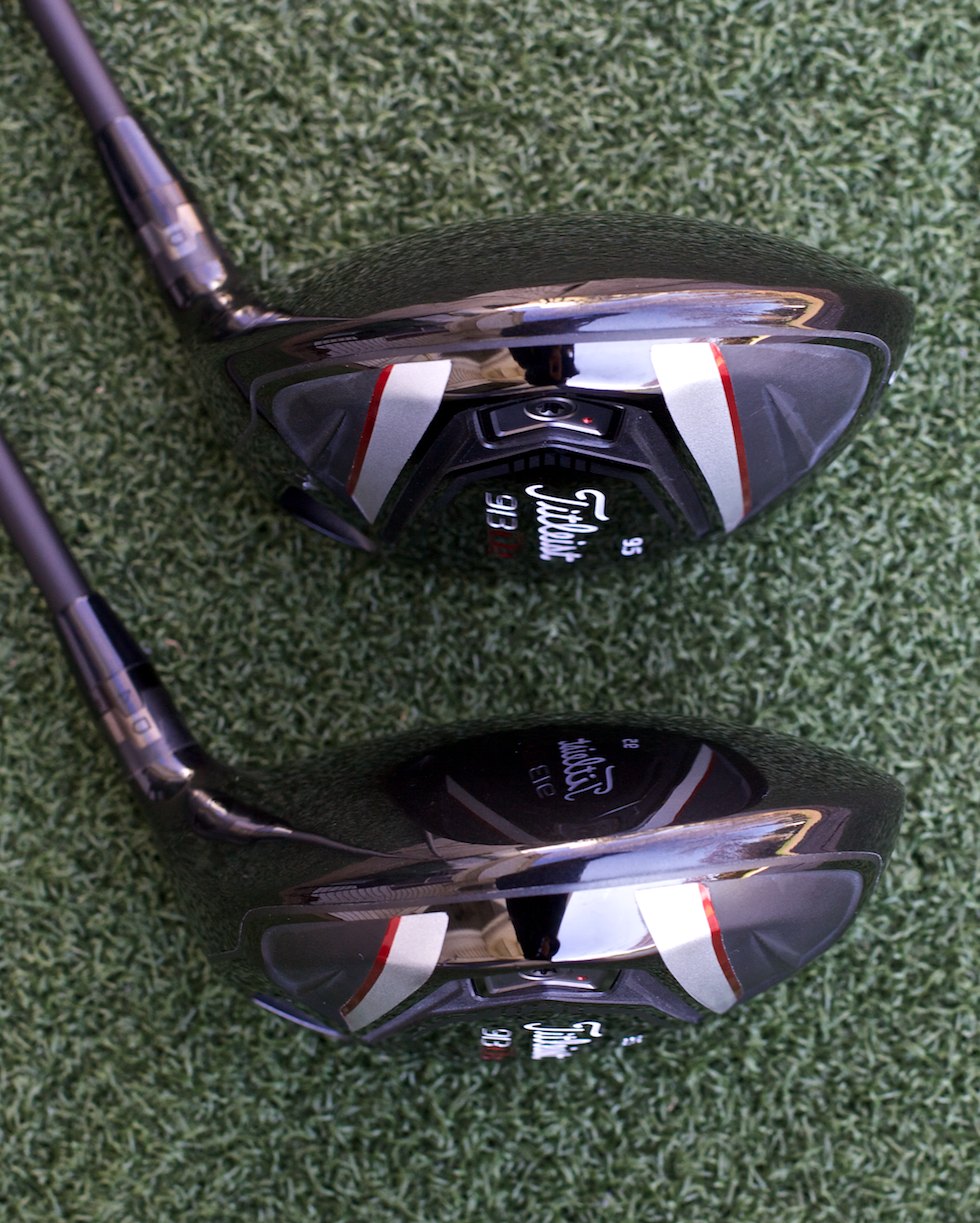

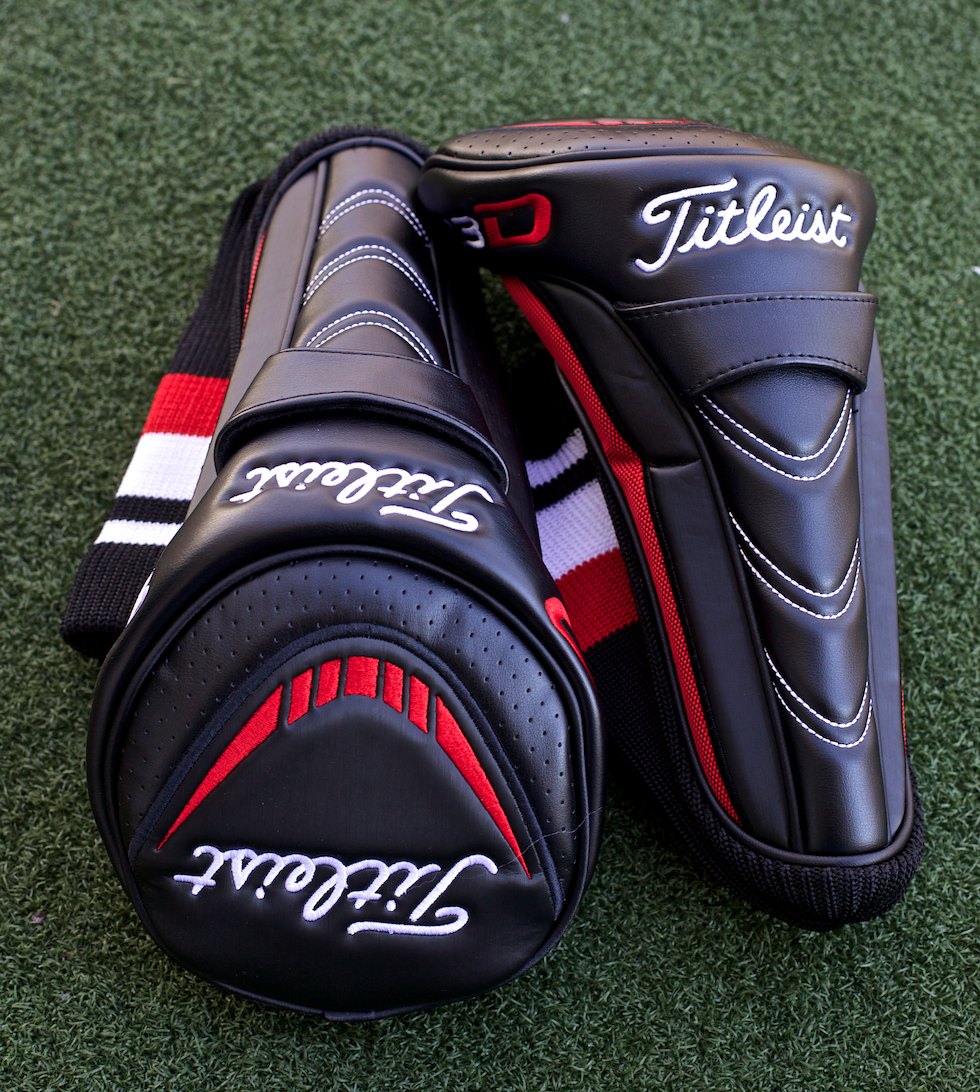
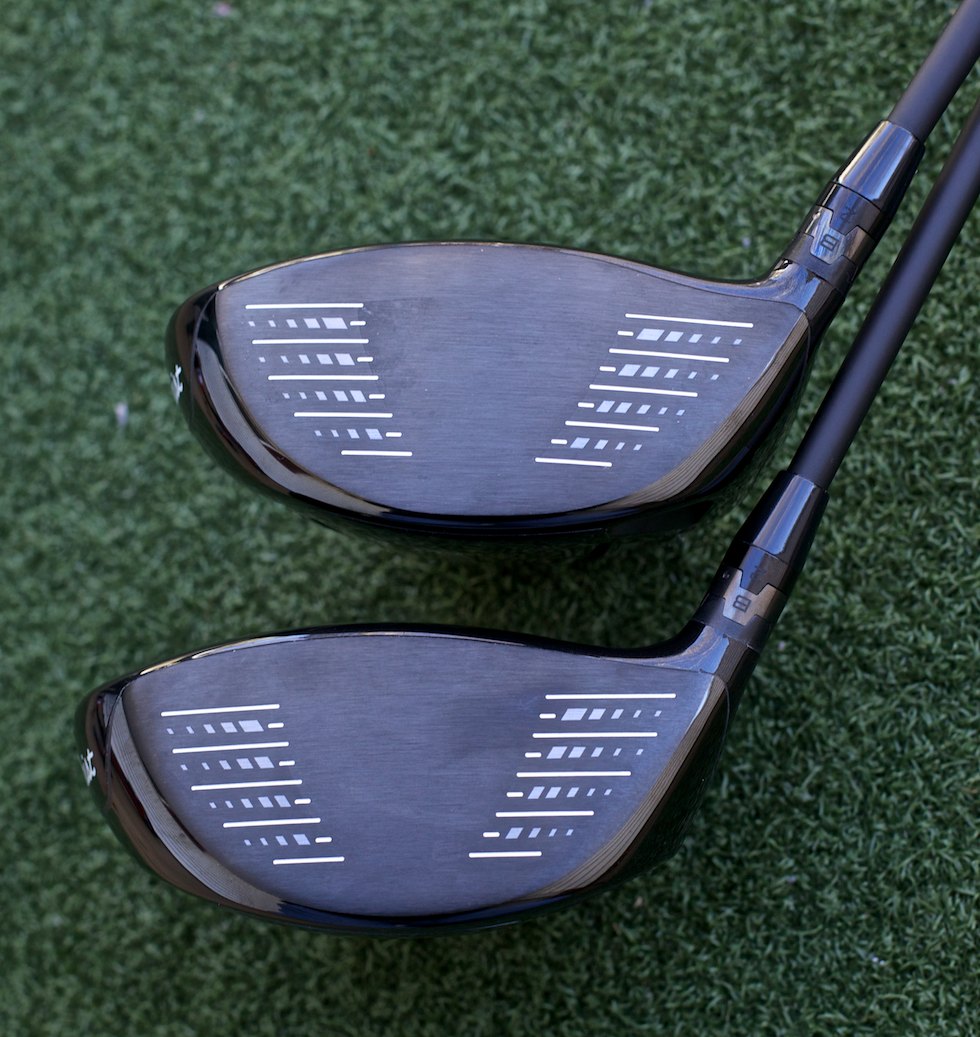
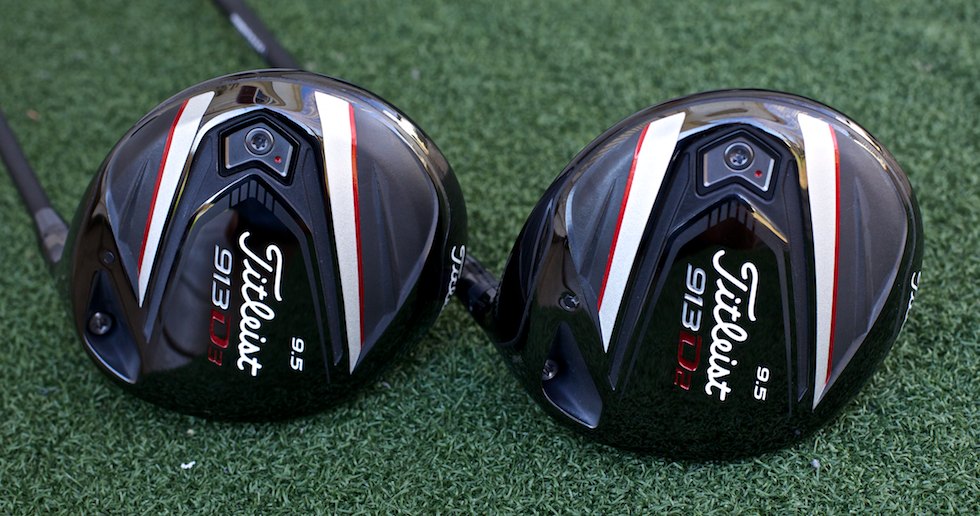
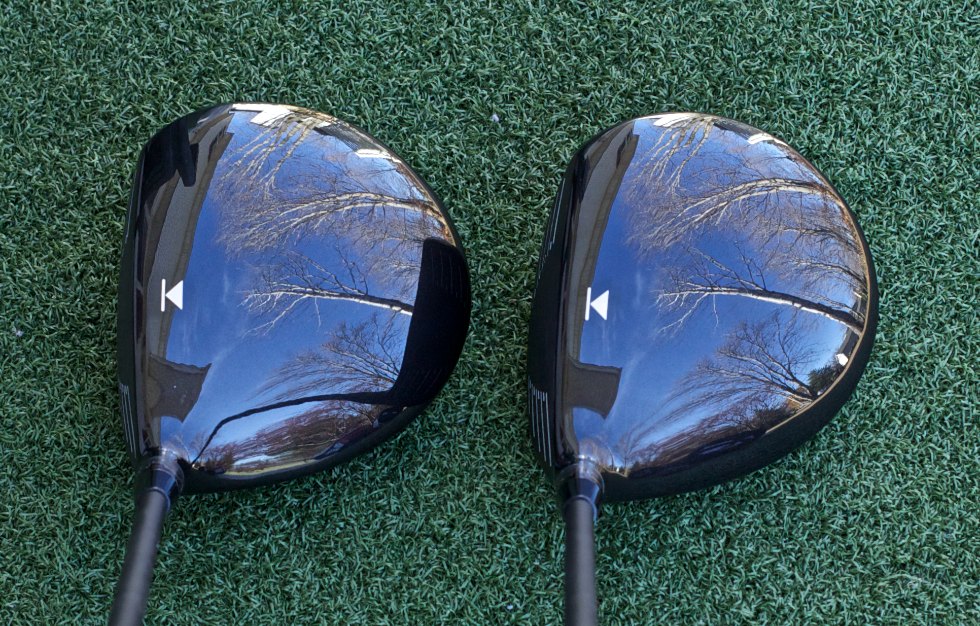
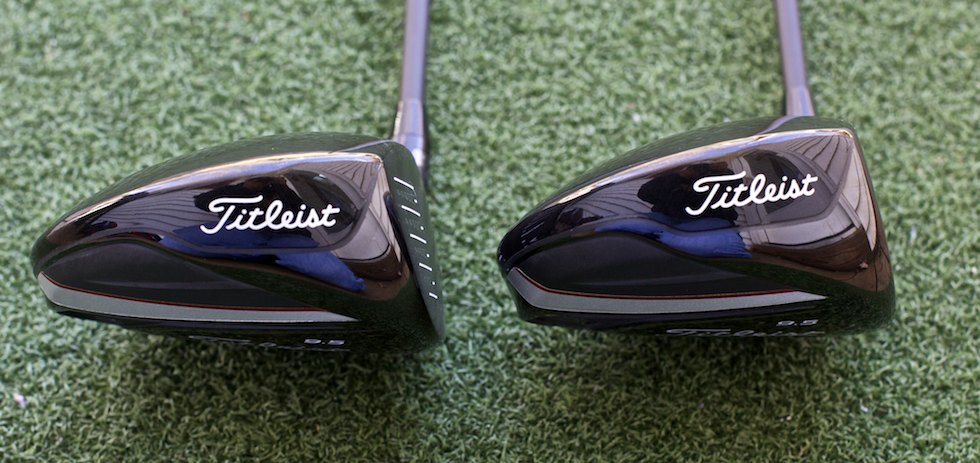
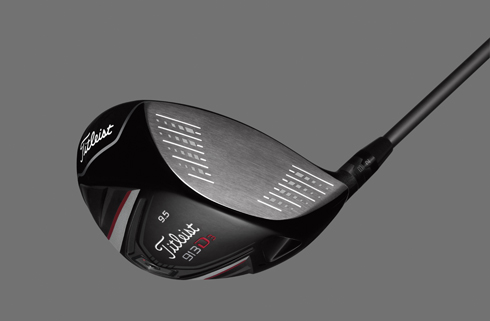
How was the stock shaft? So you tested a real deal shaft and the titleist offering? How did they compare? Was the x flex on the stock offering a good match for you swing speed? My swing speed is pretty much the same as yours. Thanks!
Great review Erik thanks. I appreciate the style and depth. I’d love to see a review by you on the RFE. See how they stack up. I actually have both and am torn between them. Its a great comparison for me as it seems you have almost identical clubhead speed and spin numbers for the same loft i currently use for these heads.
thanks again
Adam
In general what do you think of the stock shafts on the major name drivers?
I found that 913 D2 has more higher pitch “ping” sound than 910 D2 which has a deeper tone.
I prefer the sound of 910 D2 over 913 D2. Did you find a similar sound difference?
I would like to see a review on the 913 D3, 7.5 driver.